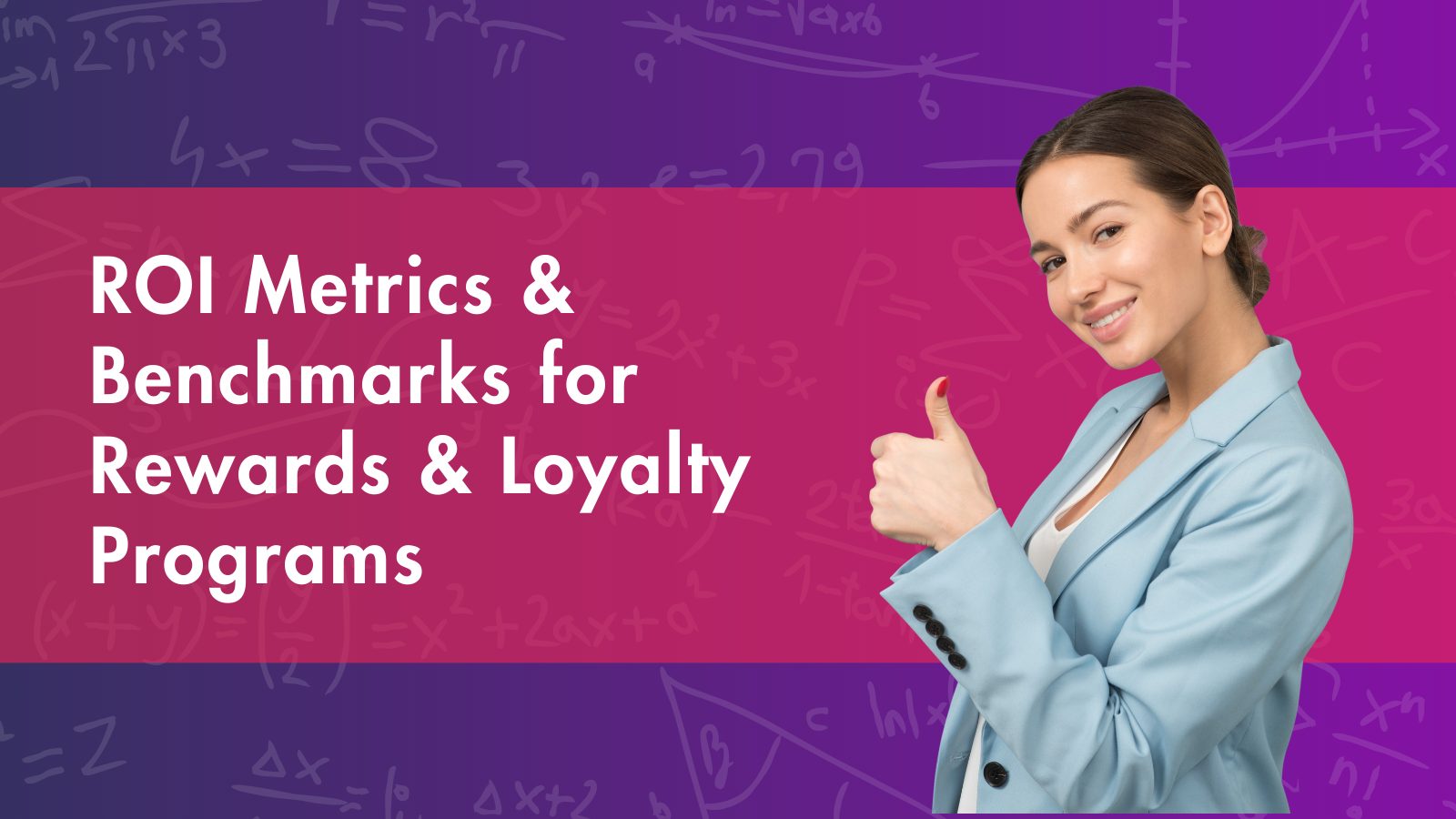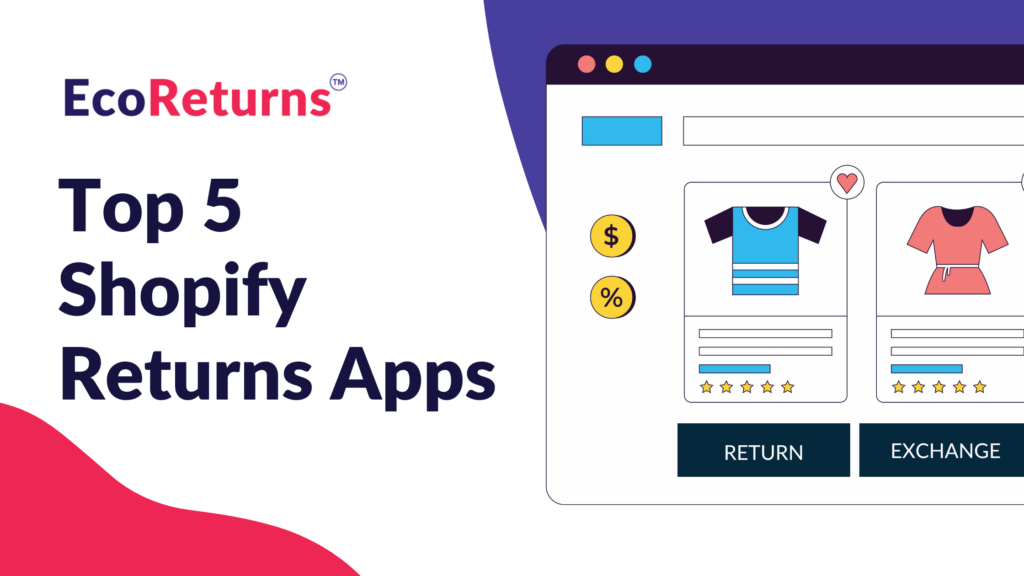In today’s cutthroat business ecosystem, fostering customer loyalty isn’t just a strategic choice, it’s an imperative for sustained success. Across industries, businesses are turning to rewards and loyalty programs as potent tools to cultivate enduring relationships with their customer base. However, amidst the investment in sophisticated customer loyalty software, the critical question remains: How can businesses accurately measure the return on this investment? This blog navigates through the metrics and benchmarks crucial for decoding the ROI of customer rewards & loyalty program.
Breaking Down the Value Proposition of Rewards & Loyalty Program
Before diving into the metrics, let’s decipher why rewards and loyalty programs are indispensable assets for businesses. These programs transcend mere transactions, serving as conduits for meaningful engagement and customer retention.
Rewards and loyalty programs serve as crucial tools for businesses for several reasons. Firstly, they go beyond simple transactions by fostering deeper engagement with customers. When customers feel appreciated and rewarded for their loyalty, they are more likely to develop a stronger connection with the brand.
Personalization is another key aspect of these programs. By tailoring rewards and experiences to individual customers, businesses can make them feel valued and understood. This personal touch can significantly enhance the overall customer experience and strengthen the bond between the customer and the brand.
Exclusive perks also play a significant role in attracting and retaining customers. When customers are offered special benefits that are not available to the general public, it makes them feel privileged and special. This exclusivity can create a sense of belonging and encourage customers to remain loyal to the brand.
Furthermore, rewards and loyalty programs contribute to customer retention. When customers are rewarded for their loyalty, they are less likely to switch to competitors. This helps businesses maintain a stable customer base and reduce churn rates, ultimately leading to increased profitability.
Overall, rewards and loyalty programs are indispensable assets for businesses because they facilitate meaningful engagement, foster brand loyalty, and contribute to long-term customer relationships.
Key Metrics for Measuring ROI
Customer Retention Rate:
The bedrock of any successful loyalty program lies in its ability to retain customers. A higher retention rate indicates that the rewards and loyalty program is effectively incentivizing repeat purchases and strengthening customer allegiance. According to a study by Bain & Company, increasing customer retention rates by just 5% can lead to a surge in profits ranging from 25% to 95%.
Customer Lifetime Value (CLV):
Customer Lifetime Value (CLV) is a metric that estimates the total revenue a customer will generate over their relationship with a business. Analyzing CLV before and after implementing rewards & loyalty programs helps businesses understand the programs’ impact on long-term revenue potential. Pre-implementation CLV shows historical spending patterns, while post-implementation analysis measures changes in CLV among loyalty program participants. This analysis guides businesses in optimizing loyalty initiatives to increase customer engagement and profitability.
Purchase Frequency and Average Order Value (AOV):
Monitoring changes in purchase frequency and AOV among loyalty program members unveils valuable insights into their spending behavior. A well-crafted loyalty program should stimulate both metrics, signaling heightened engagement and increased customer spending. According to Forbes, loyalty program members spend 12-18% more per year than non-members.
Net Promoter Score (NPS)
NPS serves as a barometer of customer satisfaction and loyalty by gauging their willingness to recommend the brand to others. A robust loyalty program should contribute to elevated NPS scores, as satisfied customers metamorphose into brand advocates. According to Bain & Company, promoters generate 2.5 times more revenue than detractors.
Cost of Acquisition vs. Cost of Retention:
Contrasting the cost of acquiring new customers with the cost of retaining existing ones provides critical insights into the program’s efficiency. A lower cost of retention signifies that the rewards and loyalty program is driving sustainable growth by nurturing existing relationships.
Setting Course with Benchmarks:
While the effectiveness of loyalty programs may fluctuate across industries, benchmarks serve as invaluable yardsticks for evaluation. These benchmarks can be derived from industry standards, competitor analysis, or historical data, facilitating a holistic assessment of program performance.
- Industry Averages: Benchmarking against industry-specific standards allows businesses to gauge their performance relative to peers, thereby identifying areas for improvement and innovation.
- Competitor Analysis: Analyzing the loyalty programs of competitors offers a treasure trove of insights into best practices and emerging trends. Benchmarking against industry leaders can inspire strategic adjustments and differentiation.
- Historical Performance: Comparing current metrics with past performance provides a trajectory of improvement and highlights areas of stagnation, guiding strategic decision-making.
Conclusion: Driving Sustainable Growth
Measuring the ROI of customer rewards & loyalty software necessitates a multifaceted approach, encompassing an array of metrics and benchmarks. By meticulously analyzing metrics such as customer retention rate, CLV, and NPS, businesses can decipher the tangible impact of loyalty programs on revenue and customer satisfaction. Moreover, setting benchmarks enables performance evaluation and strategic recalibration, fostering a culture of continuous improvement. As businesses navigate the dynamic landscape of customer engagement, investing in robust rewards and loyalty programs emerges as a cornerstone for driving sustainable growth and fortifying brand resilience.



